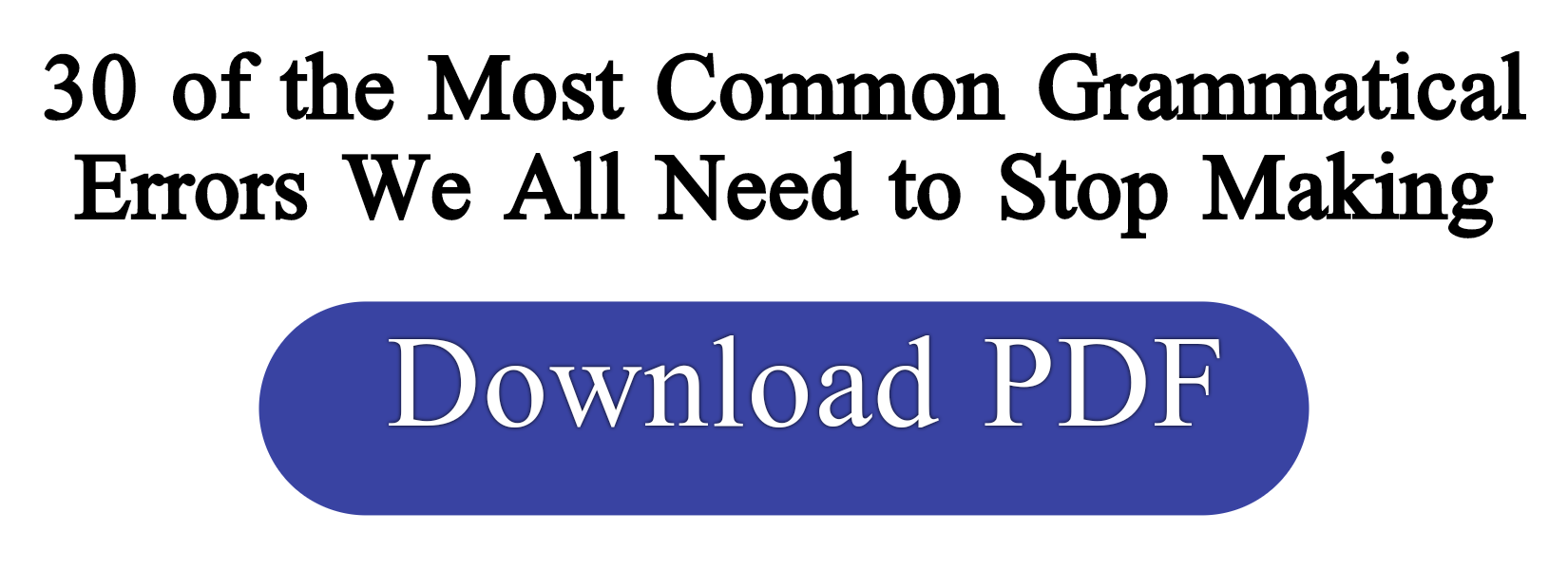A sentence fragment is an incomplete sentence — a phrase or clause that is punctuated as if it were a complete sentence. A sentence may be incomplete for any of the following reasons:
It lacks a subject.
Alicia loved getting wedding presents. But hated writing thank-you notes.
It lacks a verb.
Before a race, I eat starchy foods. Such as bread and spaghetti. The carbohydrates provide quick energy.
It lacks both a subject and a verb.
Ellen walked all over the neighborhood yesterday. Trying to find her dog Bo.
(Trying cannot serve as a sentence’s main verb.)
It is a dependent clause.
I won’t leave the house. Until I hear from you.
Rick finally picked up the socks. That he had thrown on the floor days ago.
A sentence cannot consist of only a single clause that begins with a subordinating conjunction (such as because) or a relative pronoun (such as that); moreover, unless it is a question, a sentence cannot consist of a single clause beginning with when, where, who, which, what, why, or how.
A fragment is especially confusing when it comes between two independent clauses and readers cannot tell which of the two clauses completes the fragment’s thought. For instance, it is impossible to tell to which independent clause the blackened fragment in the following sequences belongs:
The course requirements were changed last year. Because a new professor was hired at the very end of the spring semester. I was unable to find out about this change until after preregistration.
REVISING SENTENCE FRAGMENTS
If you identify a fragment in your writing, use one of the following strategies to revise it:
1. Attach the fragment to an adjacent independent clause.
Alicia loved getting wedding presents but hated writing thank-you notes.
I won’t leave the house until I hear from you.
2. Turn the fragment into a sentence.
Ellen walked all over the neighborhood yesterday. She was trying to find her dog Bo. (missing subject and verb added)
Rick finally picked up the socks. He had thrown them on the floor days ago.
(subordinating conjunction that deleted)
1. Revising Dependent Clause Fragments
A dependent clause contains both a subject and a verb, but it cannot stand alone as a sentence. Because it needs an independent clause to complete its meaning, a dependent clause (also called a subordinate clause) must always be attached to at least one independent clause to form a complete sentence. You can recognize a dependent clause because it is always introduced by a subordinating conjunction (although, because, and so on) or a relative pronoun (that, which, who, and so on).
In most cases, the best way to correct a dependent clause fragment is to join the dependent clause to a neighboring independent clause, creating a complex sentence.
Fragment: I began sleeping better at night. After I stopped drinking coffee.
Revised: I began sleeping better at night after I stopped drinking coffee.
(Dependent clause has been attached to an independent one.)
Another way to correct a dependent clause fragment is to delete the subordinating conjunction or relative pronoun, turning the fragment into a complete sentence.
Revised: I stopped drinking coffee. I began sleeping better at night. (Subordinating conjunction after has been deleted; the result is a new sentence.)
Be aware that simply deleting the subordinating conjunction or relative pronoun is usually the least desirable way to revise a dependent clause fragment because it is likely to create two choppy sentences.
2. Revising Phrase Fragments
A phrase provides information — description, examples, and so on — about other words or word groups in a sentence. However, because it lacks a subject, a verb, or both, a phrase cannot stand alone as a sentence.
Many phrase fragments are word groups introduced by transitional words and phrases, such as also, finally, in addition, and now, but are missing subjects and verbs. To correct such a fragment, you need to add the missing subject and verb.
Fragment: Bob is taking a night course in auto mechanics. Also one in plumbing.
Revised: Bob is taking a night course in auto mechanics. He is also taking one in plumbing.
Fragment: Finally, a new home for the family.
Revised: Finally, he found a new home for the family.
1. Prepositional phrases
A prepositional phrase consists of a preposition, its object, and any modifiers of the object. To correct a prepositional phrase fragment, attach it to the independent clause that contains the word or word group modified by the prepositional phrase.
Fragment: He ran sixty yards for a touchdown. In the final minutes of the game.
Revised: He ran sixty yards for a touchdown in the final minutes of the game.
2. Verbal phrases
A verbal phrase consists of a verbal — a present participle (walking), past participle (walked), infinitive (to walk), or gerund (walking) — plus related objects and modifiers (walking along the lonely beach). Because a verbal cannot serve as a predicate, a verbal phrase is not a complete sentence and should not be punctuated as one. To correct a verbal phrase fragment, you can attach the verbal phrase to a related independent clause.
Fragment: At the Chinese restaurant, Tim used chopsticks. To impress his date.
Revised: At the Chinese restaurant, Tim used chopsticks to impress his date.
Revised: At the Chinese restaurant, Tim used chopsticks. He wanted to impress his date.
Fragment: I spent all day in the employment office. Trying to find a job that suited me.
Revised: I spent all day in the employment office, trying to find a job that suited me.
Revised: I spent all day in the employment office. I tried to find a job that suited me.
3. Revising Appositive Fragments
An appositive — a noun or noun phrase that identifies or renames an adjacent noun or pronoun — cannot stand alone as a sentence. To correct an appositive fragment, attach the appositive to the independent clause that contains the word the appositive renames.
Fragment: Brian was the star forward of the Blue Devils. The team with the best record.
Revised: Brian was the star forward of the Blue Devils, the team with the best record.
When an appositive fragment is in the form of a list, add a colon to connect the list to the independent clause that introduces it.
Fragment: Tourists often outnumber residents in four European cities. Venice, Florence, Canterbury, and Bath.
Revised: Tourists often outnumber residents in four European cities: Venice, Florence, Canterbury, and Bath.
Sometimes an appositive consists of a word or phrase like that is, for example, for instance, namely, or such as, followed by an example. To correct this kind of appositive fragment, attach the appositive to the preceding independent clause.
Fragment: To improve her singing, Amber practiced some odd exercises. Such as flapping her tongue and fluttering her lips.
Revised: To improve her singing, Amber practiced some odd exercises, such as flapping her tongue and fluttering her lips.
Sometimes you can correct an appositive fragment by embedding the appositive within an independent clause.
Fragment: My son keeps several pets in his room. Including hamsters and mice.
Revised: My son keeps several pets, including hamsters and mice, in his room.
4. Using Fragments Intentionally
In professional and academic writing, sentence fragments are generally not acceptable.
However, it is permissible to use fragments in the following special situations:
ACCEPTABLE FRAGMENTS
In lists
In captions that accompany visuals
In topic outlines
In quoted dialogues
In PowerPoint presentations
In titles and subtitles of papers and reports
Fragments are, however, often used in speech and in personal E-mail and other informal writing — as well as in journalism, political slogans, bumper stickers, creative writing, and advertising. Magazine advertisements, such as the one for Orange Glo polishing cloths shown in Figure 3.1, often rely heavily on fragments to isolate (and thereby emphasize) key concepts about the product. Sometimes these fragments are formatted as bulleted lists of the product’s key features; sometimes, as in the Orange Glo ad, the fragments are used in a central message or tag line (Leaves other wipes in the dust).








